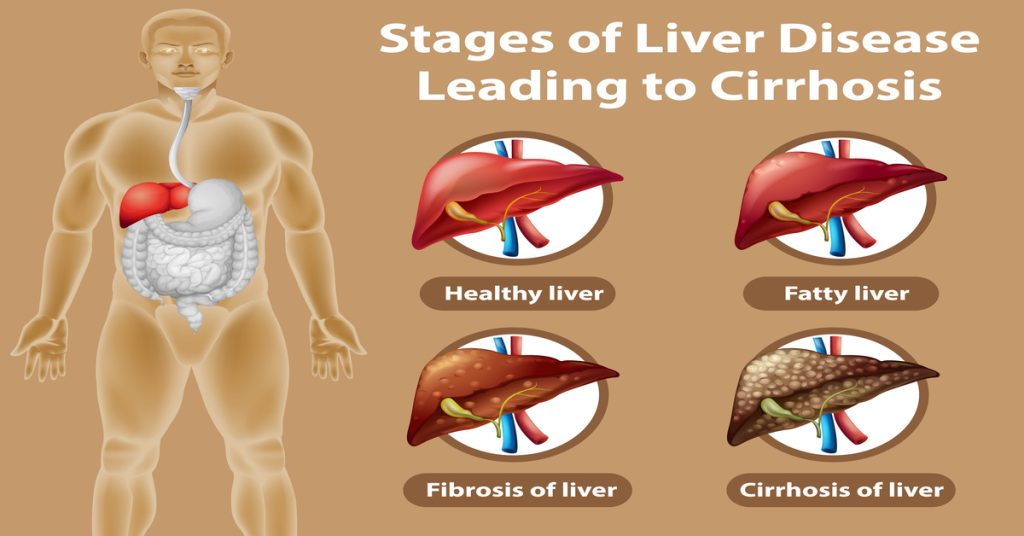TBB BUREAU
BHUBANESWAR, MAY 25, 2023
The risk of death for hospitalized cirrhosis patients is more than twice as high in lower-or lower-middle income countries compared to high-income countries including india, largely because of limited access to diagnostic and therapeutic resources, according to a study published in The Lancet Gastroenterology & Hepatology journal.

Liver disease occurs when a person’s liver experiences chronic inflammation, often due to obesity, excessive alcohol use, viral hepatitis or a combination. Over time, this inflammation can lead to severe scarring in the liver, known as cirrhosis, which disrupts liver function and can ultimately cause liver failure.
Liver disease is one of the world’s leading causes of death, currently accounting for 2 million deaths each year and projected to claim even more lives in the future, the researchers said.
“A working liver is so important for our health since the organ is connected to so many aspects of bodily function,” said Jasmohan Bajaj, M.D., a professor in the Virginia Commonwealth University School of Medicine’s Department of Internal Medicine and a physician at the Richmond Veterans Affairs Medical Center.
“Anything that impacts the liver can influence how other organs and systems in our bodies operate, including our immune system, cardiovascular system, brain, gut and kidneys,” he said.
Bajaj and Ashok K. Choudhury, M.D., a hepatologist and professor at the Institute for Liver and Biliary Sciences in India, connected with researchers from around the globe to investigate how the risk of death from cirrhosis varies across countries and what underlying factors are behind such inequities. The research group is known as the Chronic Liver disease Evolution And Registry for Events and Decompensation (CLEARED) Consortium.
“Most cirrhosis research is focused on the global North or specific regions of the world and don’t account for differences in public health resources. Our work is one of the only prospective studies to analyze imbalances in cirrhosis mortality from a global perspective,” said Bajaj, the lead author of the new study.
The research team collected and analyzed medical data from nearly 4,000 patients with cirrhosis at 90 medical centers in 25 countries across six continents. Compared to patients treated in high-income countries, cirrhosis patients in lower-income countries were more than twice as likely to die at the hospital (8% vs. 22%) or within 30 days of discharge (14% vs. 30%), according to the data.
“These results are very shocking and sobering. We did not anticipate such a wide disparity in cirrhosis mortality, but it shows that globally we are not on a level playing field when it comes to addressing advanced liver disease,” Bajaj said.
The study also highlighted global differences in medical resources that could be contributing to the divergence in mortality rates.
For example, the survey data showed that cirrhosis patients in lower-income countries were less likely to have access to or afford relevant diagnostics, medications, therapies, ICU care and liver transplant while hospitalized. Cirrhosis patients in lower-income countries were also more likely to be hospitalized at later stages of the disease and were more likely to have gastrointestinal bleeding, hepatitis B flare or infection, all of which are preventable conditions if provided with proper care.
Bajaj said these findings could reflect a lack of outpatient care for patients, as well as a lack of personal financial resources.
“The important thing to realize is that patient care for cirrhosis should start before they even need to go to the hospital. Recognition, access and affordability of treatment are three important factors that would ideally prevent a lot of hospitalizations from occurring in the first place,” he added.
According to the research team, public policy changes implemented by local governments to promote preventive health care could improve clinical outcomes for patients with liver cirrhosis.
“This issue looks very daunting right now, especially given that chronic health issues that lead to liver disease, such as diabetes, obesity and alcohol use disorder, are globally on the rise. However, there are several steps we can take to change our course and ultimately save more lives. The foundation stone for making this kind of meaningful change is first raising awareness of these issues and prioritizing disease prevention,” Bajaj said.
 The Business Bytes
The Business Bytes